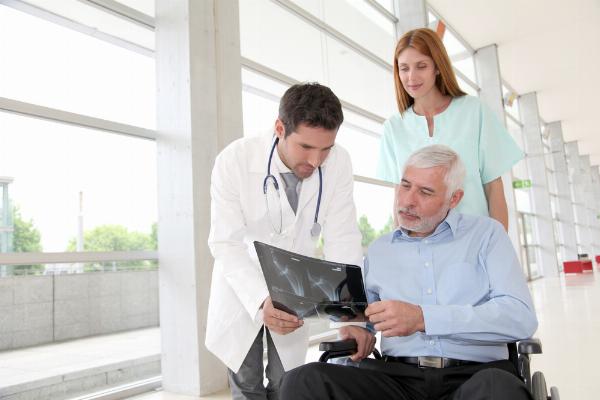Precious Metals Market Sustainable Practices and Market Resilience

Strong 8k brings an ultra-HD IPTV experience to your living room and your pocket.
Precious Metals Market Introduction & Size Analysis
The global market for precious metals is projected to increase from US$313.5 billion in 2024 to US$456 billion by the end of 2031, achieving a compound annual growth rate (CAGR) of 5.5% during the forecast period.
The Precious metals market are rare metallic elements with high economic value, known for their luster, ductility, and low reactivity compared to other elements. They are primarily used as investments and in various industrial applications. Gold and the platinum group metals, including platinum, palladium, and others like iridium and rhodium, are prominent in this sector.
Although silver and gold are utilized in industrial applications, their main use remains in jewellery and art. Increasing gold prices, driven by rising consumer investment demand, are expected to be a significant market driver. Additionally, the automotive industry's growing need for palladium in catalytic converters is likely to bolster market growth. Demand from sectors such as jewellery and industry will further contribute to market expansion. However, challenges such as technical issues and declining ore grades may hinder market growth.
The precious metals industry is increasingly focusing on sustainable practices to enhance market resilience and meet evolving environmental and regulatory expectations. Here’s an exploration of sustainable practices and their impact on market resilience:
Sustainable Mining Practices
Environmental Stewardship:
Water Management: Adoption of technologies for water recycling and treatment to minimize freshwater use and reduce environmental impact.
Energy Efficiency: Integration of renewable energy sources such as solar and wind power to reduce carbon footprint and operational costs.
Reclamation: Restoration of mined lands and ecosystems to promote biodiversity and mitigate environmental degradation.
Ethical Sourcing and Community Engagement:
Responsible Sourcing: Compliance with ethical standards and certifications (e.g., Fairtrade, Responsible Jewellery Council) to ensure transparency and ethical procurement practices.
Community Development: Engagement with local communities to foster sustainable development, support livelihoods, and enhance social license to operate.
Market Resilience through Sustainability
Regulatory Compliance and Risk Mitigation:
Regulatory Alignment: Adherence to stringent environmental regulations and permitting requirements to mitigate operational risks and ensure long-term viability.
Supply Chain Security: Emphasis on transparency and traceability in supply chains to address regulatory scrutiny and consumer demand for responsibly sourced metals.
Consumer and Investor Preferences:
ESG (Environmental, Social, and Governance) Criteria: Increasing investor focus on ESG criteria drives demand for sustainably sourced metals, influencing market dynamics and investment decisions.
Brand Reputation: Enhancing corporate reputation and brand value through commitment to sustainability and ethical business practices, attracting socially conscious consumers and investors.
Innovations Driving Sustainability
Technological Advancements:
Digitalization: Adoption of digital technologies (e.g., IoT, AI, blockchain) to optimize operations, improve efficiency, and enhance transparency in metal sourcing and trading.
Clean Technologies: Development of cleaner and more efficient mining processes, such as bioleaching and electrochemical techniques, to minimize environmental footprint.
Collaborative Initiatives and Industry Standards:
Industry Collaboration: Collaboration among stakeholders, including governments, industry associations, and NGOs, to promote sustainable practices and innovation in the precious metals sector.
Certification Programs: Support for industry-wide certification programs and standards that promote responsible mining practices and ethical supply chain management.
Conclusion
Sustainable practices are integral to enhancing market resilience in the precious metals industry, fostering environmental stewardship, regulatory compliance, and stakeholder trust. Embracing innovation and collaboration in sustainable mining practices not only mitigates operational risks but also positions companies to capitalize on growing demand for responsibly sourced metals. As the industry continues to evolve, stakeholders must prioritize sustainability to navigate challenges and seize opportunities in a dynamic global market.
Note: IndiBlogHub features both user-submitted and editorial content. We do not verify third-party contributions. Read our Disclaimer and Privacy Policyfor details.



